Research Research Highlights
Research Highlights
Research Highlights
Research Highlights
Research Highlights 미리보기
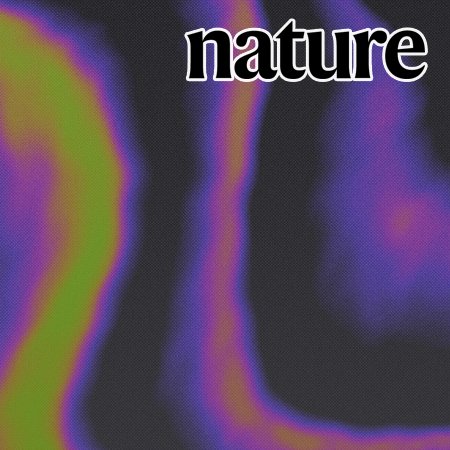
Atomic lift-off of epitaxial membranes for cooling-free infrared detection
Prof. Celesta S. Chang
Professor Celesta S. Chang's research team from the Department of Physics and Astronomy has developed an 'Atomic Lift-Off' technique that enables the production of ultrathin, freestanding perovskite oxide membranes—paving the way for high-performance, cooling-free infrared sensors.
Research Highlights Board

CTRP3 exacerbates tendinopathy by dysregulating tendon stem cell differentiation and altering extracellular matrix composition
Prof. Jinhong Kim
Professor Jinhong Kim's research team in the Department of Biological Sciences presented a new treatment for rotator cuff syndrome, a rupture of the tendon surrounding the shoulder, which is a main cause of shoulder pain.
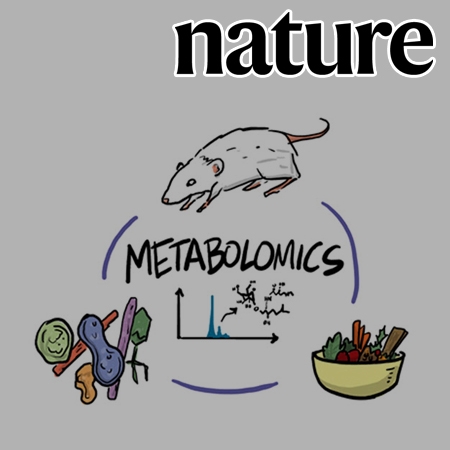
Host immunomodulatory lipids created by symbionts from dietary amino acids
Prof. Seung Bum Park
Professor Seungbeom Park's research team in the Department of Chemistry found out and analyzed the action mechanism of BfaGC, a immunoregulatory factor made by the Bacteroides fragilis which is a species of symbiotic microorganism found in the human intestines.
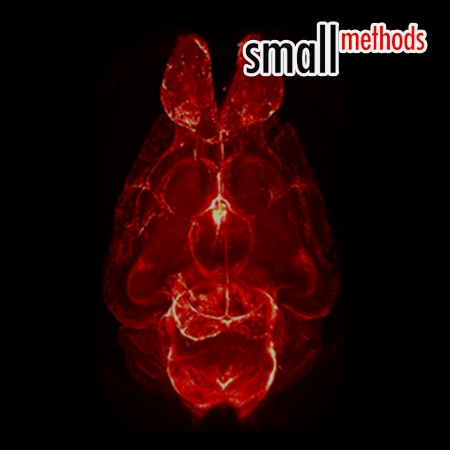
Sodium Cholate-Based Active Delipidation for Rapid and Efficient Clearing and Immunostaining of Deep Biological Samples
Prof. Sunghoe Chang
Professor Seongho Chang's research team in the College of Medicine succeeded in developing a high-speed rarefaction technology which can be used for a fast three-dimensional biopsy diagnosis.
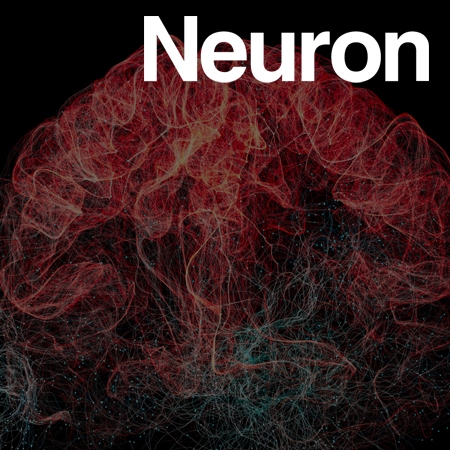
A forebrain neural substrate for behavioral thermoregulation
Prof. Sung-Yon Kim
Thermoregulatory behavior is a basic motivated behavior for body temperature homeostasis. Despite its fundamental importance, a forebrain region or defined neural population required for this process has yet to be established.
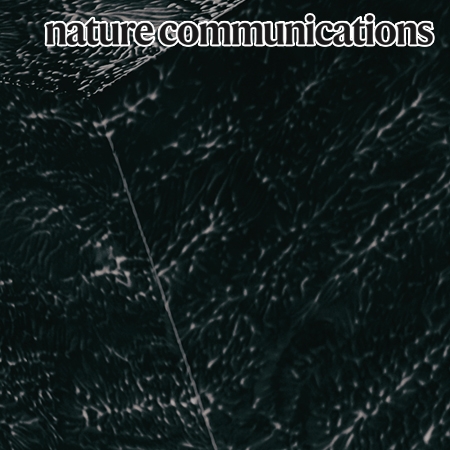
Slow oxidation of magnetite nanoparticles elucidates the limits of the Verwey transition
Prof. Je-Geun Park
Professor Jaegeun Park's research team in the Department of Physics & Astronomy succeeded for the first time in investigating the ongoing redox process of the nanoparticiple, magnetite(Fe3O4).

The surprising origins of the Tarim Basin mummies
Prof. Choongwon Jeong
Professor Choongwon Jeong’s research team in College of Biological Sciences collaborated with an international joint research team to study the genomes of the mummies found in the Tarim Basin of China. After comparing these genomes with the genome of neighboring regions’ mummies, they first discovered the fact that these mummies were pure natives, genetically independent from the immigrants from other regions.
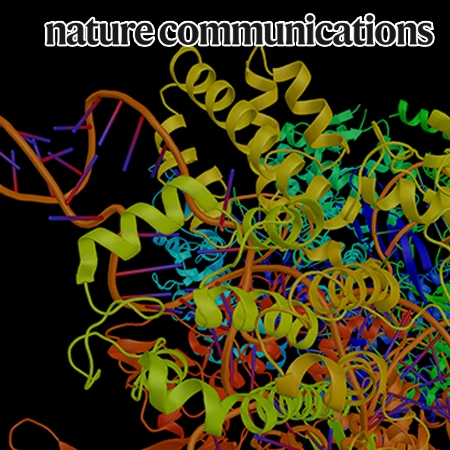
Photoactivatable ribonucleosides mark base-specific RNA-binding sites
Prof. Kim, Jong-Seo & Kim, V. Narry
The research team of Professor Kim , Jong-Seo and Professor Kim, V. Narry announced that they developed a mass spectrometry method that locates ‘RNA-binding cites’, where bonds with RNA in the proteins within human cells are formed, according to the types of RNA base.

Visual-inertial hand motion tracking with robustness against occlusion, interference, and contact
Prof. Lee, Dongjun
The research team of Professor Lee, Dongjun announced that they developed VIST(visual-inertial skeleton tracking) technology which is a robust and accurate technology for tracking hand gestures.
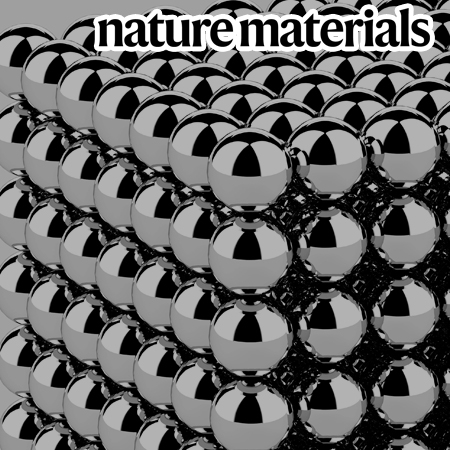
Sign-tunable anomalous Hall effect induced by two-dimensional symmetry-protected nodal structures in ferromagnetic perovskite thin films
Prof. Bohm-Jung Yang & Changyoung Kim
The research team of Professor Kim, Changyoung and Professor Yang, Bohm Jung of the department of Physics and Astronomy announced that they succeeded in discovering and controlling magnetic poles with different signs in two-dimensional ferromagnetic thin films.
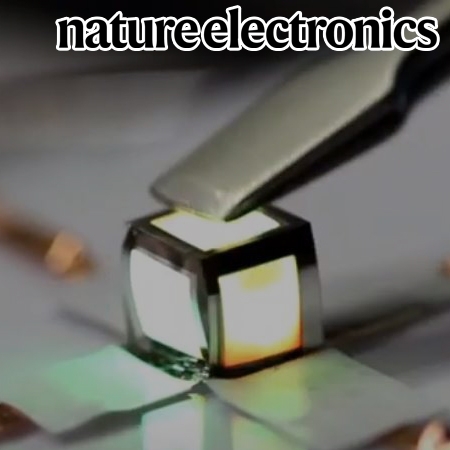
Three-dimensional foldable quantum dot light-emitting diodes
Joint research team of Prof. Taeghwan Hyeon and Prof. Dae-Hyeong Kim
The joint research team of Professor Dae-Hyeong Kim and Endowed Chair Professor Taeghwan Hyeon in the School of Chemical and Biological Engineering announced that they have succeeded in developing three dimensional foldable QLED (Quantum Dot Light-emitting Diodes) which can be freely folded like paper.
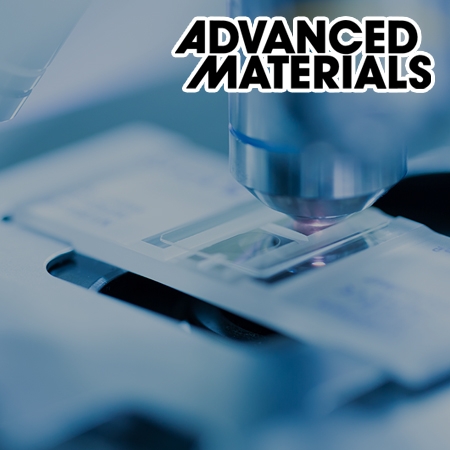
Graphene Oxide-Supported Microwell Grids for Preparing Cryo-EM Samples with Controlled Ice Thickness
Prof. Park, Jungwon, Prof. Roh, Soung-Hun
The joint research team of Professor Park, Jungwon and Professor Roh, Soung-Hun announced that they developed a graphene based device that is able to directly observe viruses and proteins through cryo-electron microscopy (cryo-EM).

A reversible switching between octopus tentacle and articular structure
Prof. Ko, Seung Hwan
In this paper, a strategy that manipulates micro-water of hydrogel in reversible, selective, and on-demand manner is reported. It realizes instant switching between a transparent and homogeneously soft gel and an opaque and heterogeneously rigid solid with a monolithic mechanical gradient.

